The Salone del Mobile.Milano, started by 13 Italian entrepreneurs in 1961 to showcase furniture from Italy annually, is a much sought-after and awaited celebration of furnishings and accessories. Italy has always been home to pathbreaking design, attracting designers from across the world.
This year, in its 61st edition from April 18-23 in the Fiera Milano district in Rho, the exhibits are conveniently spread across a single level for ease of exploration. Euroluce, the lighting design event returns after four years. Salone Satellite features young designers under 35, and facilitates relationships with businesses. Wandering through cathedrals, galleries and piazzas, the backdrop of Milan is enriching, where modern blends with ancient and hi-tech with antiquity, providing seamless experiences in an environment of bespoke heritage. Sustainability is the go-word, with new technology leading the fray, emphasising the need to conserve resources, protect human rights and reduce environmental impact. Here are some designs that caught Property Plus’ eye at the Mobile:
1. Icons of design collab
Cobra lamp by Martinelli Luce
| Photo Credit:
martinelliluce.com
Italy has always revered its individual masters of the arts right from polymaths as Da Vinci and Michelangelo to modern day Versace. Iconic brands shape design movements by creating a strong sense of look and feel. Highsnobiety Magazine’s collab showcases furniture pieces by renowned designers by designers since the 1920s, from Anna Maria Ferrieri to Jonathan de Pas and others. These head-turners are eye-openers for their early innovative use of plastic and distilled simplicity. Our pick is the Cobra lamp by Martinelli Luce, which speaks volumes of how mundane, everyday objects can inspire enduring forms that go on to become classics.
2. A circular twist
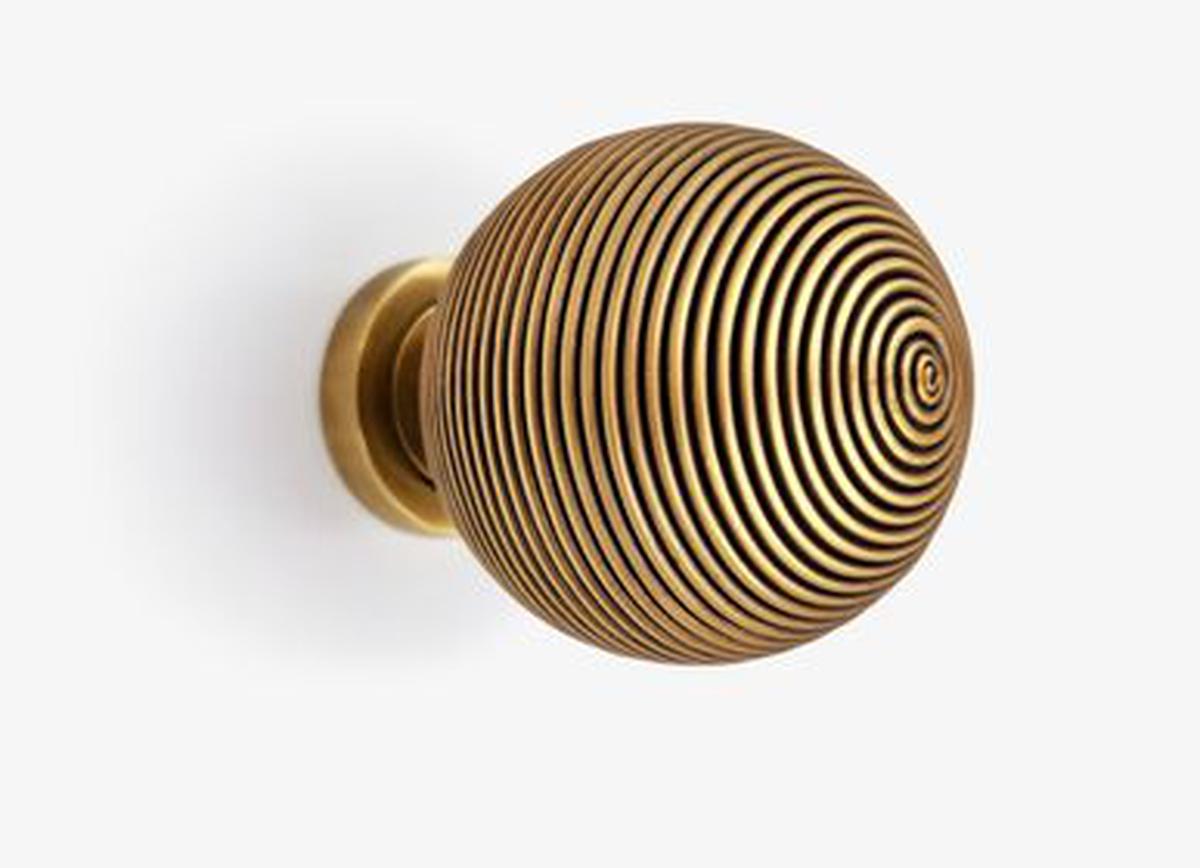
Doorknob by Atelier Landon of Morocco
| Photo Credit:
maison-objet.com
I’m a big fan of clever single material use. This gorgeous doorknob by Atelier Landon of Morocco brings mystic Eastern symbolism to blend with modern technology and skill in a single spin. Reminiscent of Indian Bidri-ware and surely inspired by craft, the knob is deceptively simple and made of brass wire. The beauty of this 10cm high knob of 8 cm diameter lies in its ability to turn wire into a spherical shape, one that resonates with nature as in the sun, moon, planets and stars. A bit like those famous lines by Blake — ‘To see a World in a Grain of Sand….Hold Infinity in the palm of your hand.’
3. Beyond the bath
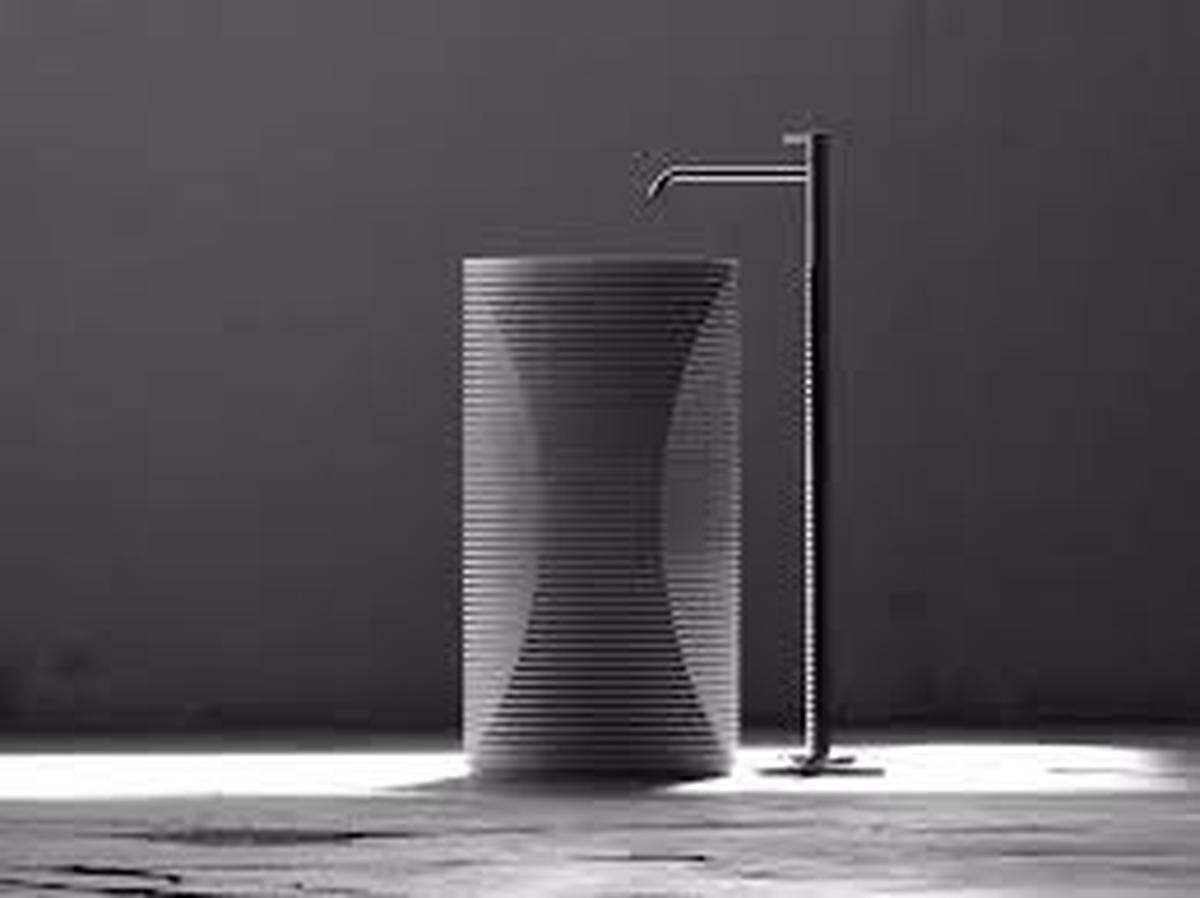
Introverso washbasin by designer Paolo Lupian
| Photo Credit:
antoniolupi.it
Once functional spaces, bathrooms have notably become sanctuaries where you can pamper yourself and spend dedicated time in wellness. With 172 exhibitors covering an area of 17,000 square metres, the 8th edition’s focus is on sustainability. The Introverso washbasin by designer Paolo Lupian for antoniolupi uses sliced layers of Carrara marble, which you can literally break to create a jagged form. The transparency of the stone and the sculptural shapes are further enhanced by the possibilities of other dimensions — sound and touch. When you slide your fingers along the marble, you can hear natural music.
4. Bend it like bamboo
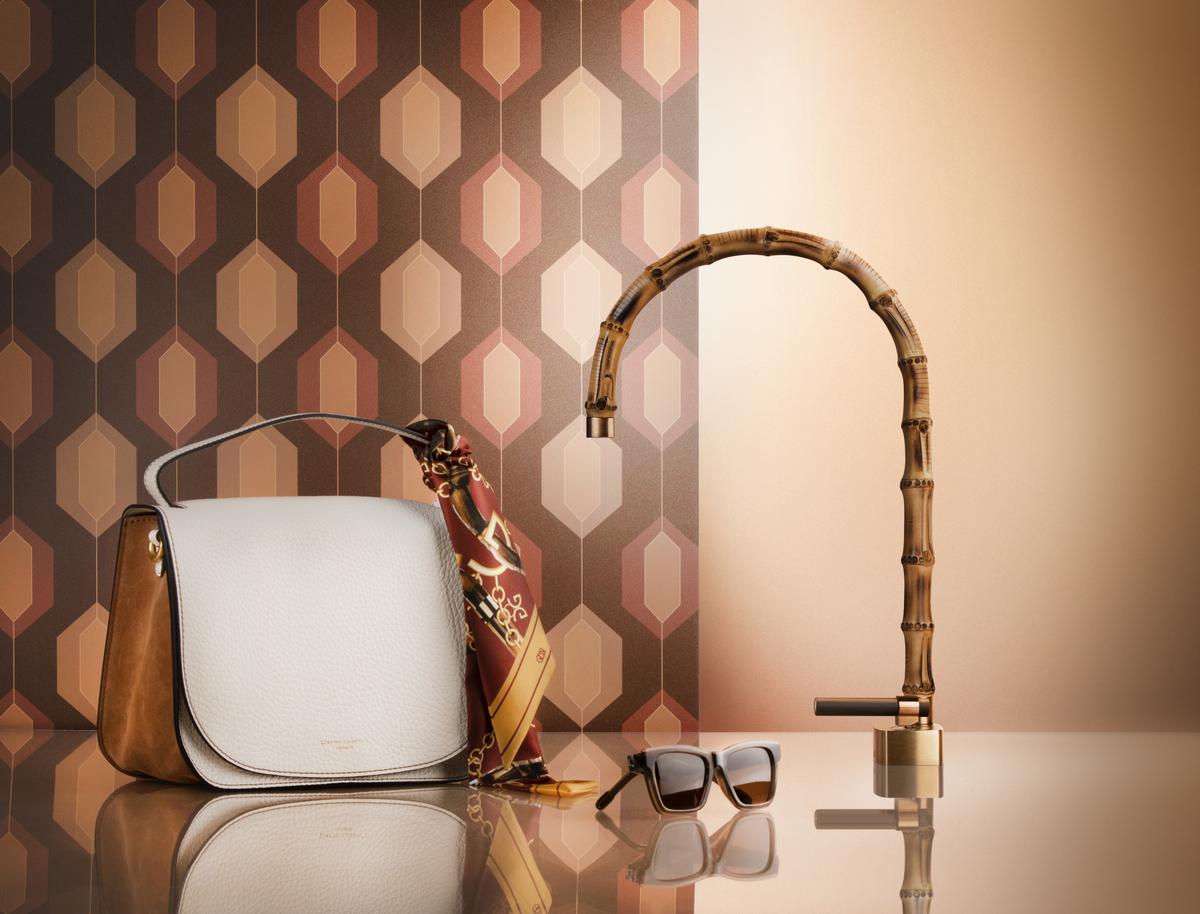
From the Jacqueline Collection
| Photo Credit:
special arrangement
Gessi’s ‘Haute Culture’ explores intimate spaces of living with new collections launching at Milan Design Week. Inspired by nature, the bathroom fittings bring nuanced interactions that explore the regenerative element of water. Bamboo, a never before used material in bathrooms, makes its debut in faucet designs of the Jacqueline Collection. Hollow bamboo roots are handpicked, ensuring a smooth adaptation to the design, fulfilling a sense of natural well-being and harmony.
5. Sparks of inspiration

Euroluce
| Photo Credit:
special arrangement
The Salone’s special International Lighting Exhibition known to bridge technology and poetry, architecture and design. Based on the theme of City of Lights, the centrestage for the 31st edition of the biennale titled Euroluce is set at Aurore plaza. The strong interdisciplinary nature of the event reveals itself in architectural photography by Hélène Binet titled Nature, Time and Architecture. Seven major exhibits take place in ‘intermezzos’ or modular structures of recyclable wood, which allow spaces to pause and reflect.
6. Peel apart and sit
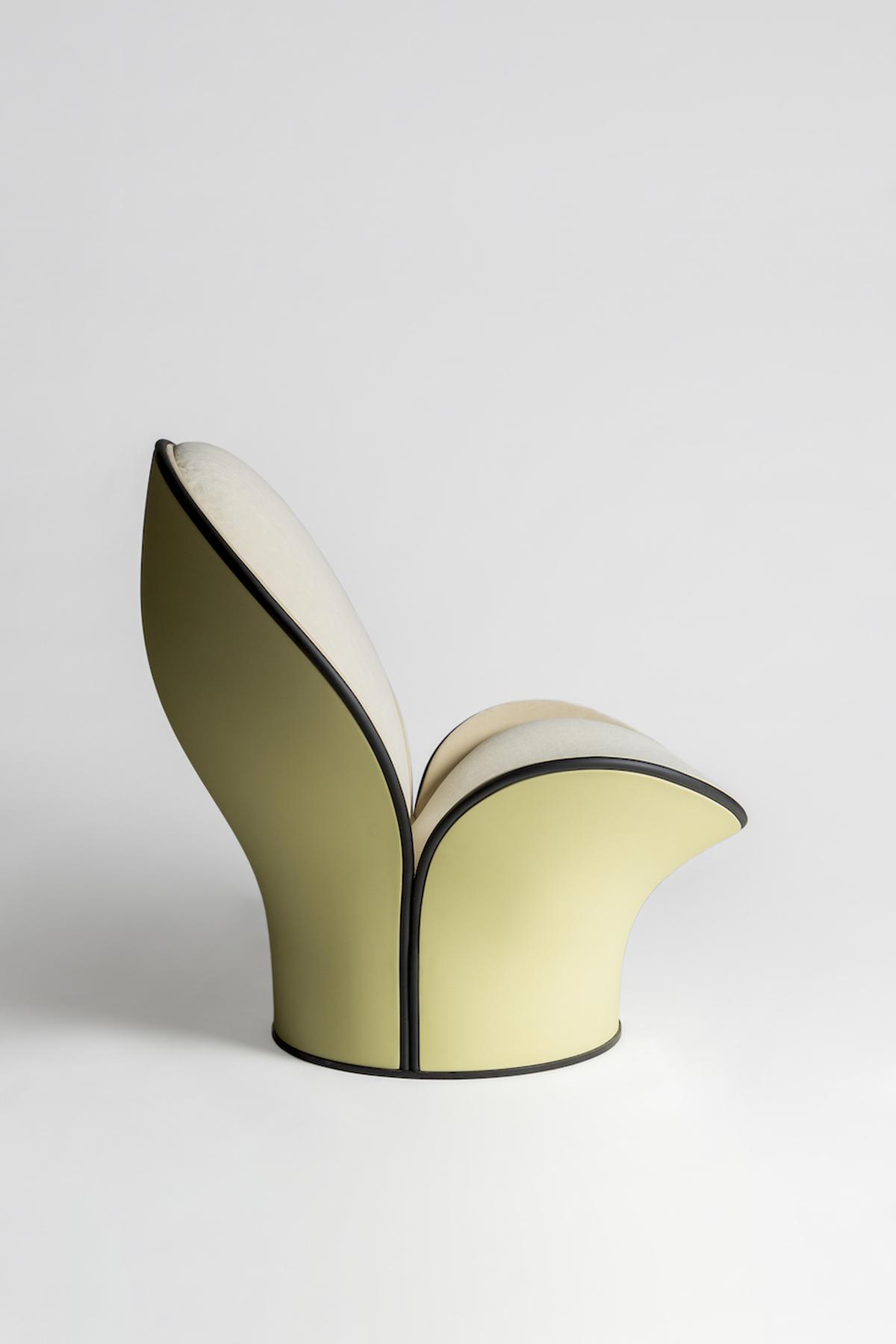
Draga & Aurel’s Beba chair
| Photo Credit:
draga-aurel.com
Draga & Aurel’s Beba chair could be a take-off from Eero Saarinen’s Tulip Chair with their clear referencing of a blooming flower. Yet, there’s something very cocoon-like about these sculpted forms that allude to haute couture corsets. From the onset of modernism, ergonomics and comfort went hand in hand with the whole ‘form and function’ adage, the two inevitably clashing either when a designer submitted to the beauty of form or when function became overly prioritised. Especially in chair design, providing comfort for the body and taking its contours to give support has become essential. In painted resin fiber frames, the Beba almost resembles an unzipped handbag, comfy to sit and sink into.
7. Where stones speak
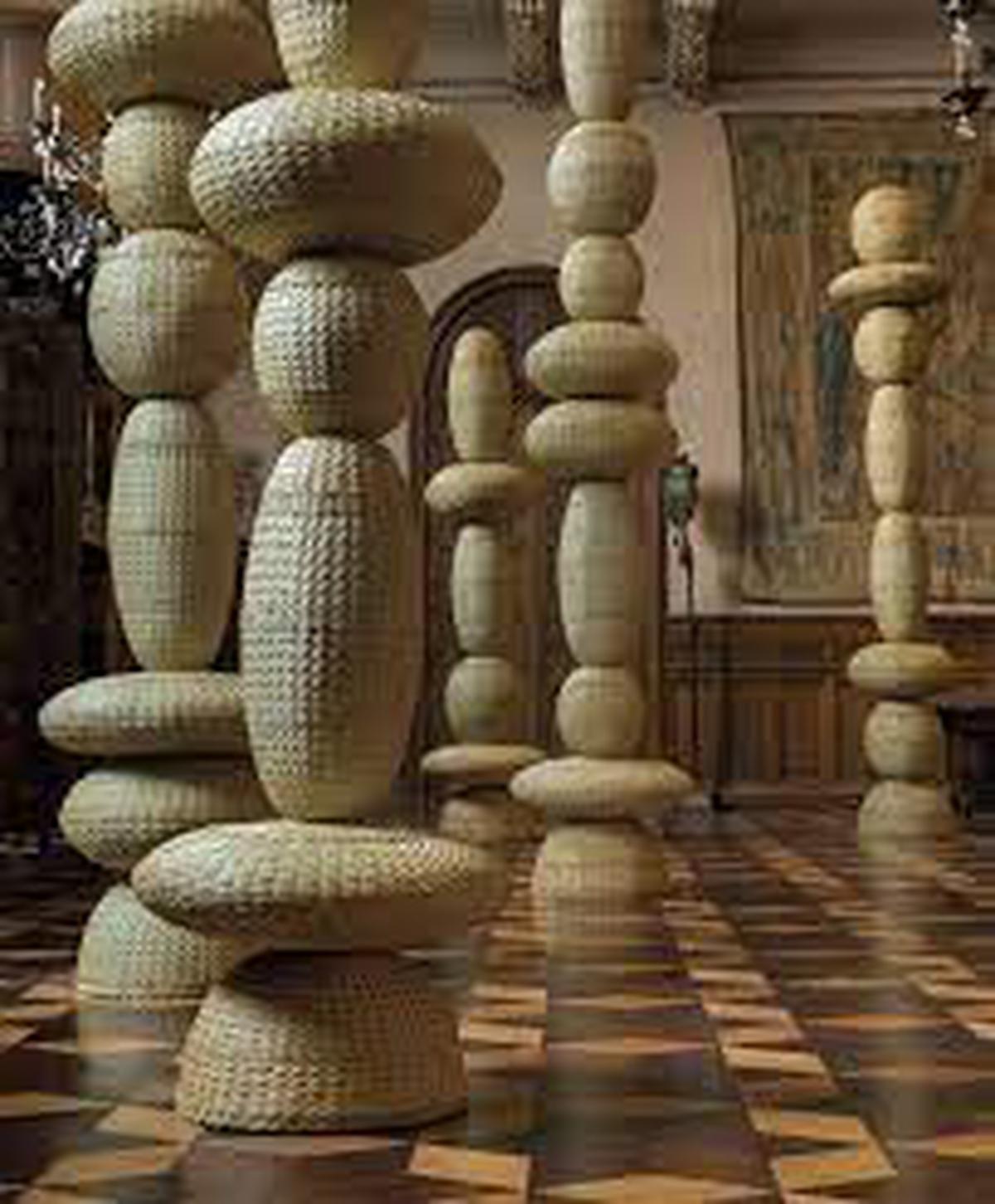
Cristián Mohaded’s creation
| Photo Credit:
@cristian.mohaded
Furniture has always given designers the license to tell stories. Beyond the obvious function of sitting, eating, storing and so on, a piece of furniture becomes a canvas of expression. Commissioned by Loro Piana, designer Cristián Mohaded brings the Andes tradition of stacking rocks — a familiar practice by the Inukshuks of Canada as well — in his ‘Apacheta’. This concept of sacred offerings inspires his generation of enigmatic forms in his organic furniture which is sparse modern yet spiritual. Mohaded uses earth colours to evoke the sky, earth and stone with discarded fabric of Loro Piana.
8. Light weavers
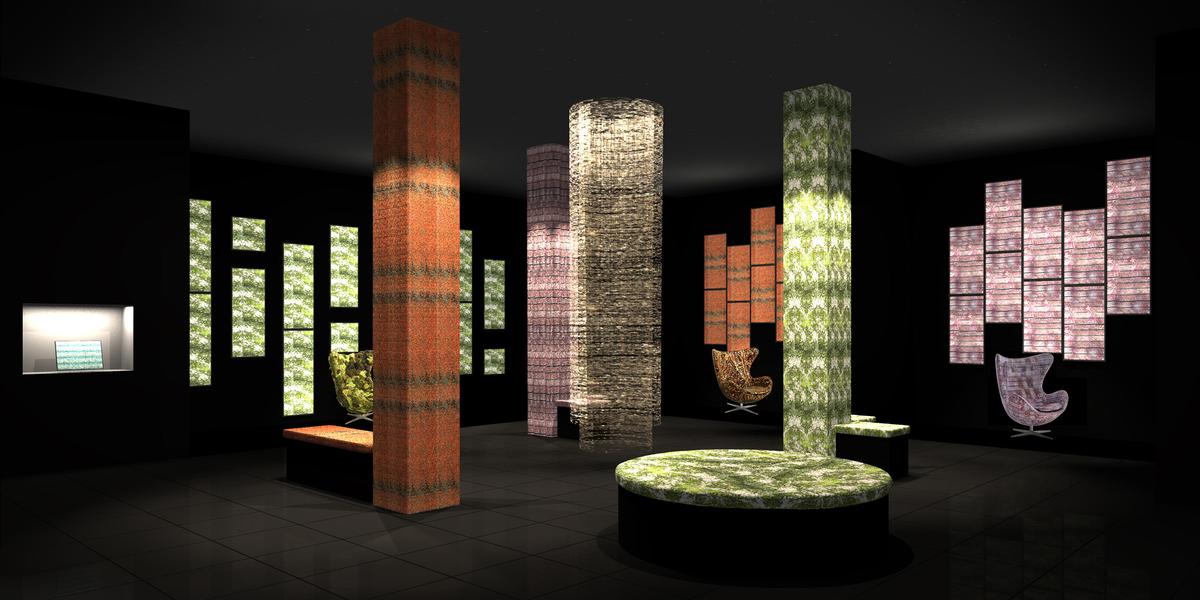
The ‘Evolutionary Specimen of Fabrics’ by Kawashima Selkon Textiles
| Photo Credit:
kawashimaselkon.co.jp
Whether the Shoji screen room dividers or Tatami mats, Japanese traditional craft brings the exquisite art of weaving to the creation of admirably consistent surfaces in interior spaces. The resulting minimalistic designs contribute to making spaces tranquil and meditative. The ‘Evolutionary Specimen of Fabrics’ by Kawashima Selkon Textiles is one more step in this direction, taking forward the traditional Japanese way of mediating spaces by layers of translucency. The manipulation of light is admirably achieved by the exploration of traditional Nishjin techniques, incorporating modern technology and innovations to achieve a tremendous finesse.
The writer is a brand strategist with a background in design from SAIC and NID.


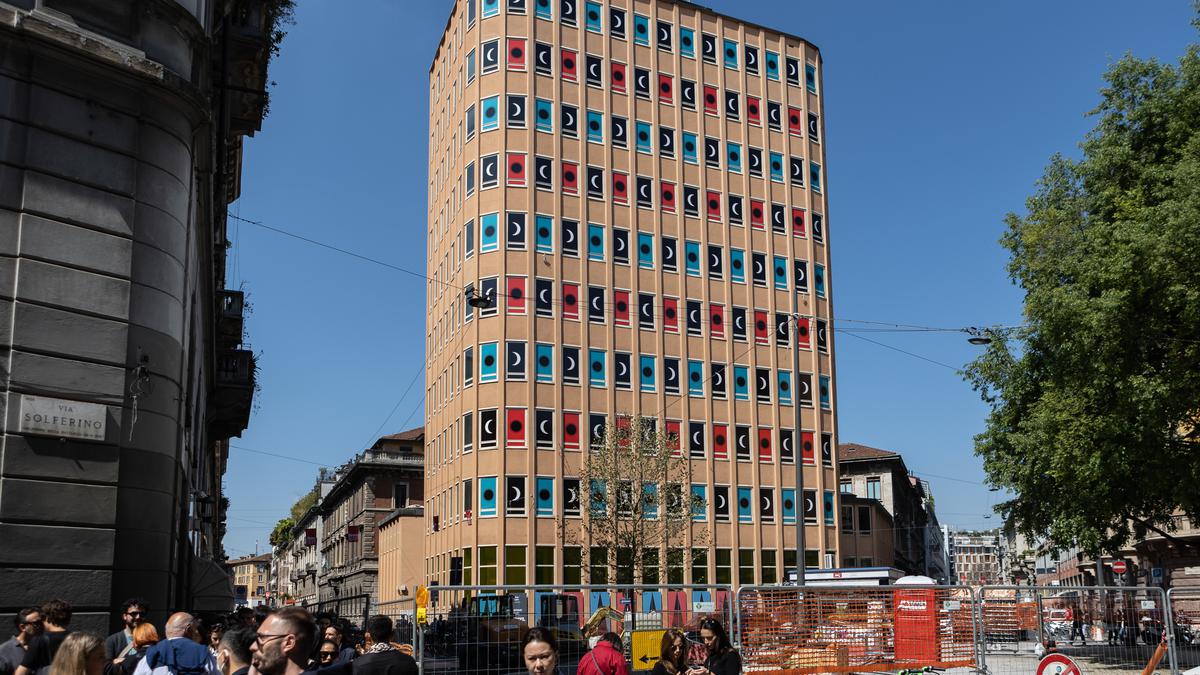
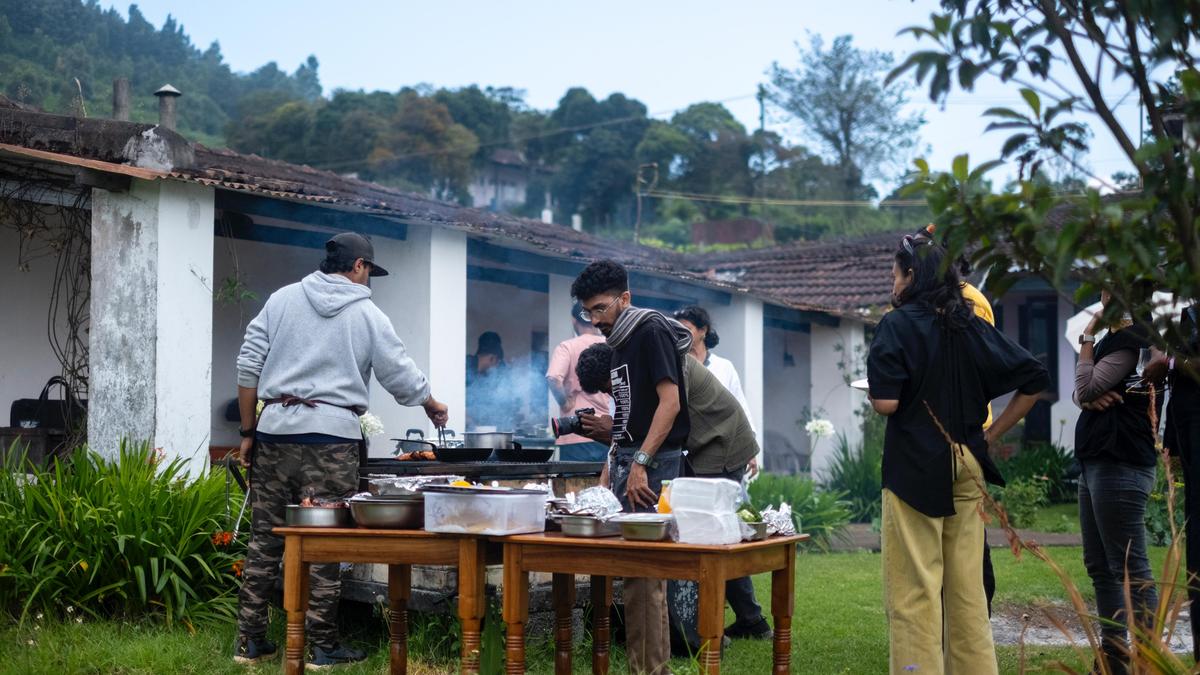
.jpg)
.jpg)
